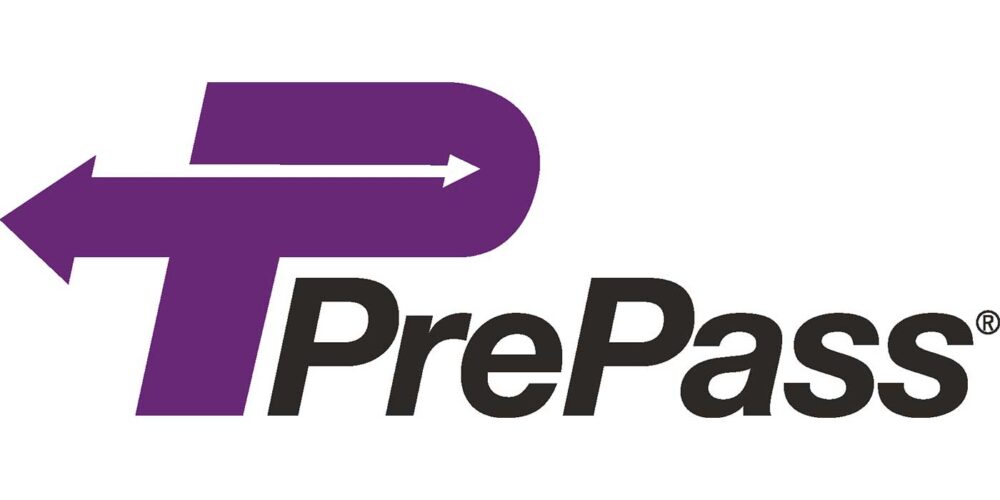Maximizing vehicle fuel economy continues to be the hot button issue for just about every line-haul and regional fleet when it comes to deciding which tires to run on steer, drive and trailer positions. Of course, maximizing tire removal miles also is a consideration when choosing your tire make/model, but any return on investment analysis is clearly in favor of tires that generate lower rolling resistance and improved fuel economy versus a tire mileage improvement alone.
Let’s use 6 MPG as the current average for a fleet with 100 tractors and trailers. Even a 3% improvement in MPG by spec’ing fuel-efficient tires will far outweigh any loss in tire removal miles. A 3% MPG increase from 6 equates to 6.2 MPG. It sure does not sound like very much, however, that 100-truck fleet, which is currently paying $4 per gallon and travels 100,000 miles a year per vehicle, would use 16,667 gal. of fuel per truck at an annual cost of $66,667. The 3% increase in fuel economy by spec’ing fuel-efficient tires would consume only 16,129 gal. of fuel for a total of $64,516. That is an annual fuel savings of $2,151 per truck per year. A 100-truck fleet will save $215,000.
The EPA SmartWay program promotes the use of fuel-efficient new tires and retreads and is an excellent source for finding who manufacturers these fuel-efficient tires. There currently are over 100 fuel-efficient tire makes/models listed on the SmartWay website (www.epa.gov/smartway). To make this verified list, the specific fuel-efficient tire must show at least a 3% improvement in fuel efficiency versus the SmartWay baseline tire.
Just because you begin spec’ing fuel-efficient tires at your fleet does not guarantee you will see this 3% or more increase in fuel economy. You will need to keep your tires running at the proper tire inflation (based on your speed and load) and your vehicle must be properly aligned.
Running your fuel-efficient tires underinflated will increase the tire footprint (amount of rubber on the road) and increase your rolling resistance.
If vehicles are not driving down the highway in a straight line because the tractor and/or trailer is misaligned, the tires will scrub and irregular tire wear will develop. If that tread suffers from irregular wear issues—shoulder cupping, heel/toe wear, fast shoulder wear, etc.—you will see a decrease in fuel efficiency. Keeping those trailers in proper alignment has a big influence on fuel economy. Very few fleets are checking trailers for alignment, even though trailer alignment equipment requires only a minimal investment.
It is relatively quick and easy to check your trailers to determine if they are misaligned. The Technology Maintenance Council (TMC) published a new Recommended Practice on Trailer Alignment (RP 708B) in April 2012, which is an excellent step-by-step guide on how to perform a trailer alignment.
There are two specific tread conditions associated with trailer tires that will indicate the trailer is probably out of alignment: one-sided wear and fast or rapid shoulder wear on one shoulder. One-sided wear can be described as fast wear on one shoulder; the fast wear continues along each rib in a decreasing manner as you go across the tread surface.
Fast shoulder wear is simply one shoulder (it could be inside or outside) that has a rapid wear condition compared to the remaining tire ribs.
Technicians and your drivers need to be trained to identify tread wear patterns that are typically caused by misaligned tractors and trailers. This is the best early warning system to notify maintenance that you need to get the vehicle back in alignment to ensure that fuel economy is not being adversely affected. Of course, tire removal miles will also improve considerably if you are driving down the highway in a straight line.













